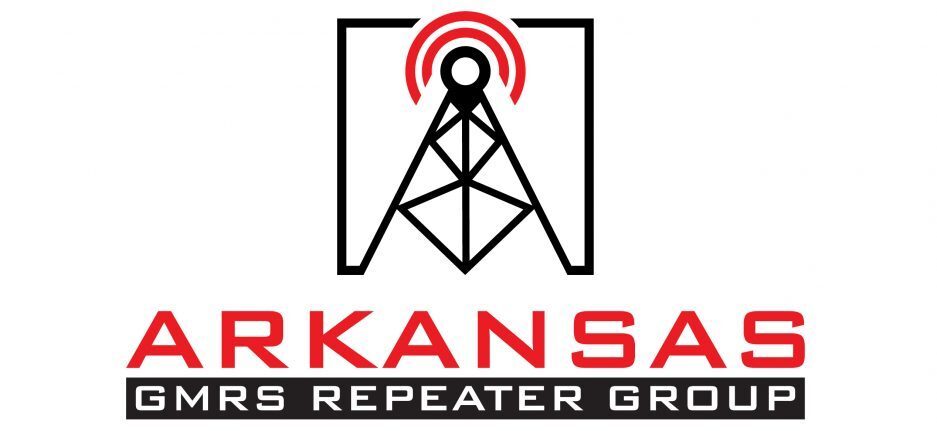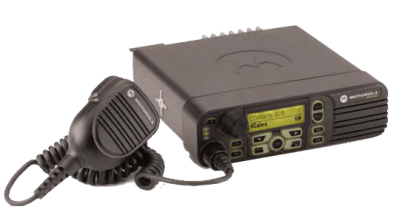One of the first questions you will find yourself asking after getting your GMRS license is “What radio should I buy?” Although there is no single answer to this question, this article will aid you in your research.
- What types of radios (stations) are there?
- What type of station do I need?
- What are the requirements for a GMRS compatible radio?
- What brands should I look for?
- Examples of GMRS Compatible Radios
What types of radios (stations) are there?
There are three types of GMRS stations:
- Base Station: a radio used in a stationary place such as your home or office. This radio is usually connected to a larger, outdoor antenna and can be used with or independently of a repeater within its coverage area. This will give you great coverage from your home “base”.
- Mobile Station: radios usually installed in vehicles. Radio is usually 10-50 Watts output and uses the battery supply of the vehicle and an antenna mounted to the vehicle by either a magnet, hole drilled, or other bracket. Most of these types of radios can also be used as a base station with the addition of a power supply.
- Portable Station; handheld radios designed to be carried on the person. This is the most common radio GMRS licensees start out with. Sometimes called an “HT” (handheld transceiver), “walkie-talkie”, or “portable”. These radios are self-contained and very convenient. They are for short range communications and only operate at a fraction of the performance of a mobile or base station (defined above). They operate poorly inside of vehicles, enclosed buildings, and have inefficient antennas.
GMRS handheld radios suck! Click here to find out why…
What type of station do I need?
Base / Mobile
For communicating with any other station or repeater that is more than a couple of miles away from you.

Portable
For communicating with any other station or repeater that is less than a couple of miles away from you.
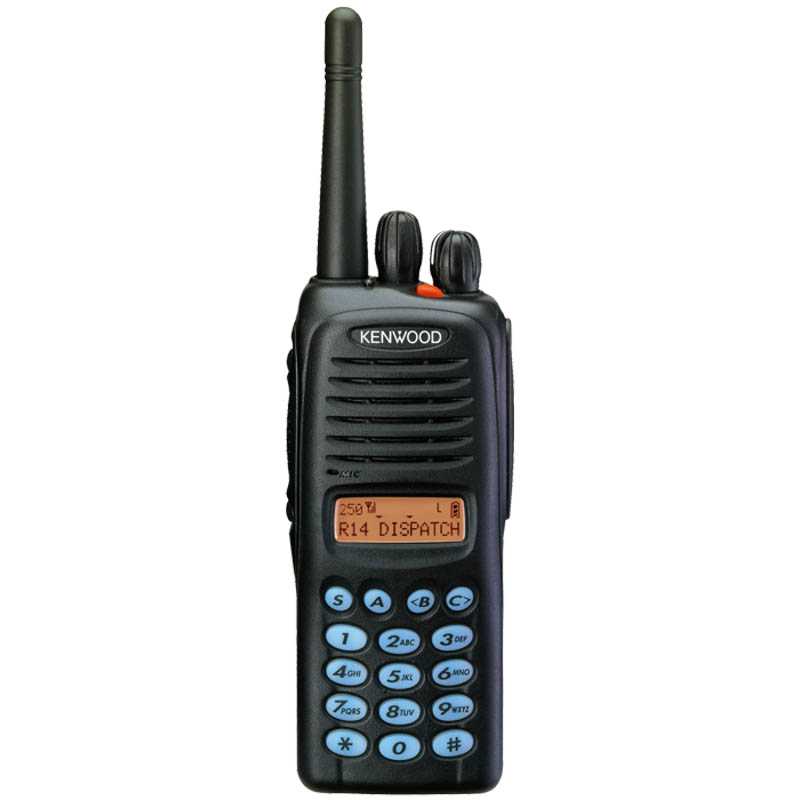
Why do we say that your portable GMRS radio, which advertises a 50 mile range on it’s packaging, is only good for a couple of miles or less?
Advertised ranges are based on perfect laboratory conditions, and are not to be expected in the real world. We say that a portable radio is “for communicating with any other station or repeater that is less than a couple of miles away from you”, because you can expect this range reliably. Portable GMRS radios are not actually limited to communications distances of only a couple of miles or less. In reality, radio range depends on several variables. Although rare, it is possible for a portable GMRS radio to make successful communications across distances of 100 miles or more if the atmospheric and terrain conditions are just right.
What are the requirements for a GMRS compatible radio?
These are absolute bare-minimum requirements in order for your radio to support GMRS.
- Analog Voice: the radio must be able to transmit and receive analog voice audio communications
- 462MHz-467MHz: the radio must support frequencies in the 462MHz-467MHz UHF (ultra-high frequency) range. VHF (Very High Frequency) radios will not work for GMRS.
- 25KHz Bandwidth: the radio must support 25KHz bandwidth, also known as “wideband”. Narrowband only radios should be avoided. Some radios labeled as “GMRS radios” do not actually support wideband (Midland MXT105, MXT115, MXT275) making this difficult.
- Repeater Capable: although not technically a requirement to be a GMRS radio, it is important to note that not all GMRS radios are repeater capable. For example, most GMRS handheld radios sold in big-box stores are not repeater capable.
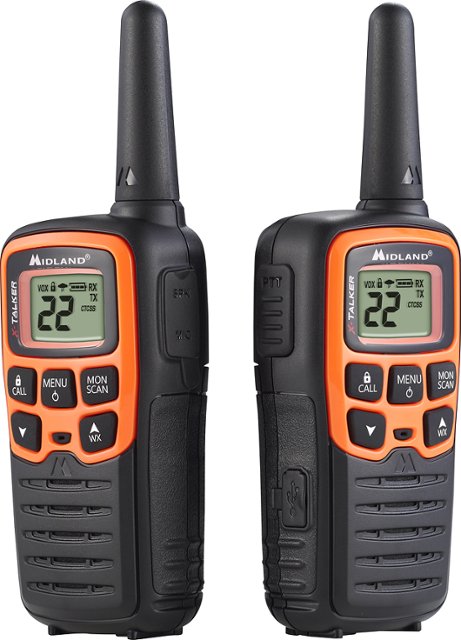
The FRS/GMRS handheld radios commonly sold in stores are not repeater capable and cannot be re-programmed.
What brands should I look for?
While we will try to aid in your search for reliable radios, it is important to note that this information is subjective and is the shared opinion of several experienced repeater owners in the Arkansas GMRS Repeater Group.
Commercial Grade Radios
It is important to note that GMRS was originally a commercial / business radio service before the FCC opened it up to individuals and families. Since the opening of GMRS, most commercial services and businesses have replaced their old GMRS compatible equipment with modern digital radio technology.
Due to these recent changes in GMRS and radio technologies, there is a large surplus of commercial grade GMRS-compatible radios available on the used market (e.g. eBay, FB Marketplace, Mercari) from highly reputable manufacturers such as Kenwood and Motorola. Although typically pre-owned, these radios are extremely high quality and dependable.
The #1 downside to commercial grade radios is programming them. Often, it is required to obtain specialized cables and computer software in order to program and change the settings of commercial radios – whereas consumer grade radios can usually be programmed on-the-fly via the radios built-in buttons.
Another downside to commercial radios is that they are extremely basic in nature. They were designed to be programmed once, and then used by anyone in the fleet whether or not they had any previous knowledge of radio operation – “just pick up the mic and talk!” Commercial radios often lack “extra” features seen in modern consumer radios such as out-of-band scanning, weather alert radio receiver, FM radio receiver, etc.
- Pros:
- High quality
- Usually inexpensive
- Cons:
- Inconvenient programming
- Less “extra” features
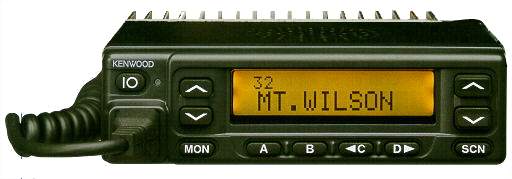
Commercial Grade Radio Brands
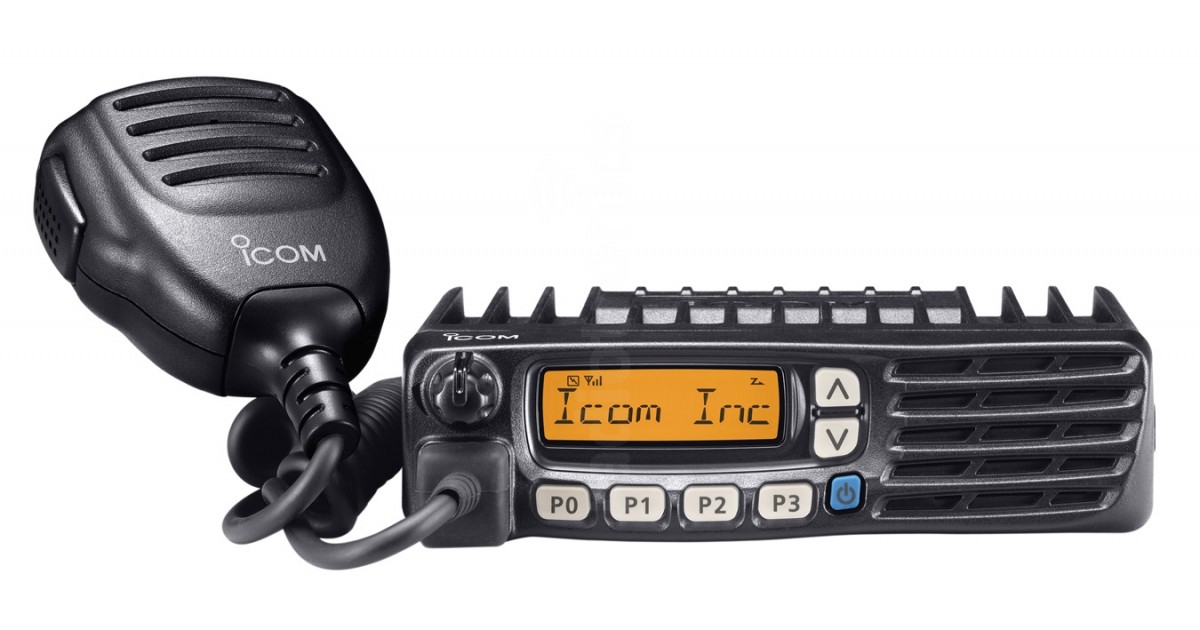
- Kenwood
- Motorola
- Maxon
- Vertex Standard
- Standard Horizon
- Icom
- Hytera
- EF Johnson
If you are a member of a GMRS club or group such as the Arkansas GMRS Repeater Group, then you likely already have access to the programming cable and software for any commercial radio you can find through your fellow members and repeater owners. Just ask!
Consumer Grade Radios
With the sudden rise in popularity of GMRS, the consumer market has recently been flooded with low-quality transceivers making it difficult to find something worthy of your hard-earned money. It is the opinion of the author of this article and several experienced repeater owners that most all of the following brands & radios are significantly overpriced and of much lower quality than the commercial grade options listed above. Most of these brands sell the same radios, just under different labels.
Of the consumer brands available, Midland and Wouxon are highly rated by GMRS licensees and are the only recommended brands.
- Pros:
- Easy programming
- Extra features
- Cons:
- Lower quality
- More expensive

When looking for mobile radios, it is recommended to consider the commercial grade radios listed previously, which can usually be obtained for less than half the price of a new Midland or Wouxon mobile unit.
Midland
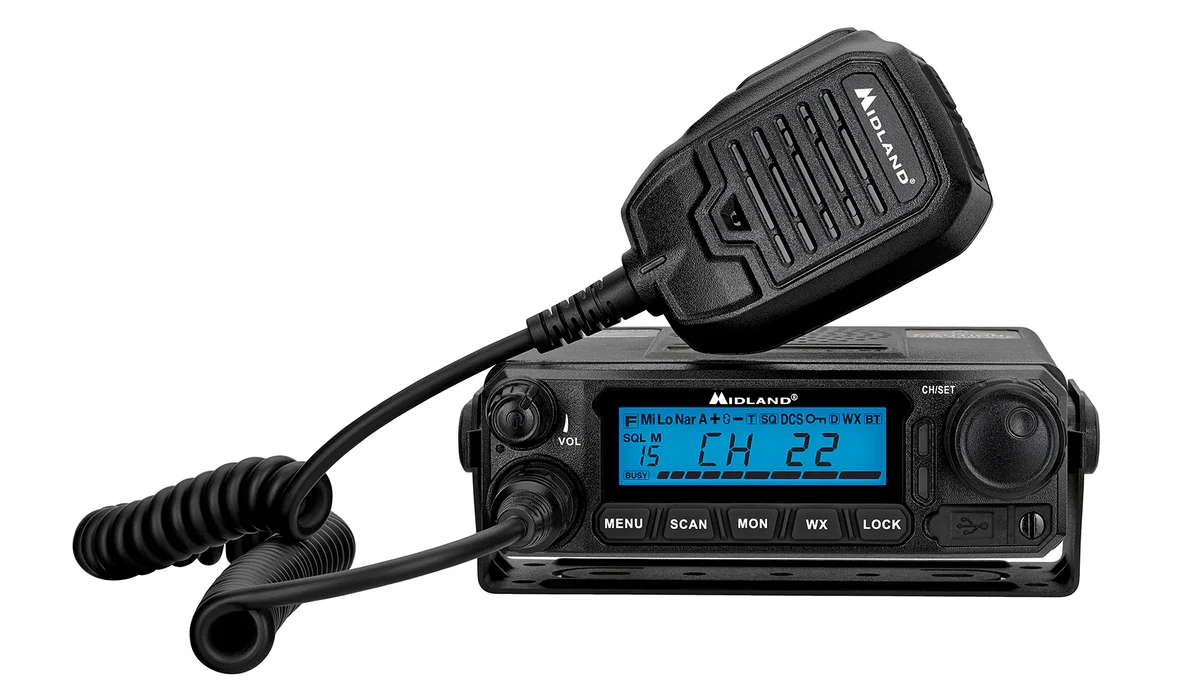
Midland sells radios that are specifically designed for GMRS and are extremely easy to use. They come pre-programmed with GMRS channels and require little to no setup in order to use. They do not need a computer to be programmed.
Beware of these Midland models that are narrowband only and do not support wideband operation. These should not be used for GMRS. MXT105, MXT115, MXT275.
Wouxon
Wouxon also sells pre-programmed GMRS radios. These radios offer more “extra” features which makes them less intuitive to operate than Midland radios. They are not required to be PC programmed, but they do support it. Wouxon handhelds and mobiles have superheterodyne receivers which offer significantly higher reception performance than other consumer brands.

Not Recommended
These radio brands are not recommended as they are known for one or more of the following: high price, low value, poor audio quality, difficult to hear audio, and/or poor performance.
Numerous of these low-quality consumer brands exist with more and more popping up over time:
- Baofeng
- BTECH
- Tidradio
- Radioddity
- TYT
- Retevis
- Aliunce
- AnyTone
- Quansheng
- and more…

Examples of GMRS Compatible Radios
These tables contain some examples of Part 95 (GMRS) accepted & repeater compatible radios to aid you in your search. These lists are not exhaustive.
Please be aware that the prices listed in these tables are either estimates or MSRP obtained at the time this article was written, and will likely change drastically over time.
Commercial Radios
| Type | Manufacturer | Model | TX Power | Approx. Price |
|---|---|---|---|---|
| Mobile | Kenwood | NX-800H | 45W | $200 |
| Mobile | Kenwood | TK-8180HK | 45W | $75 |
| Mobile | Kenwood | TK-860HG | 40W | $40 |
| Mobile | Kenwood | TK-880H | 40W | $50 |
| Mobile | Kenwood | TK-8180K | 30W | $75 |
| Mobile | Kenwood | TK-860G | 25W | $60 |
| Mobile | Kenwood | TK-880 | 25W | $40 |
| Mobile | Motorola | M1225 | 45W | $75 |
| Mobile | Vertex (Yaesu) | VX-5500 | 50W | $130 |
| Mobile | Vertex (Yaesu) | VX-4200 | 45W | $150 |
| Mobile | Vertex (Yaesu) | VX-3200 | 40W | $60 |
| Mobile | Vertex (Yaesu) | VX-2500 | 25W | $75 |
| Portable | Icom | F40GT-2 | 4W | $190 |
| Portable | Kenwood | TK-370 | 4W | $30 |
| Portable | Kenwood | TK-380 | 4W | $30 |
| Portable | Kenwood | TK-390 | 4W | $50 |
| Portable | Ritron | RTX450 | 6W | $40 |
Note: Some commercial radio brands/models might require additional work to get programmed – more than just a cable purchase and a software download. One example of this includes the Motorola XPR series, which officially requires a unique code called an “entitlement key” to be purchased from Motorola and entered into the programming software before programming of wideband channels are allowed.
Consumer Radios
| Type | Manufacturer | Model | TX Power | Approx. Price |
|---|---|---|---|---|
| Mobile | Baofeng/BTECH | GMRS-50V2 | 50W | $210 |
| Mobile | Midland | MXT400 | 40W | $250 |
| Mobile | Midland | MXT500 | 50W | $400 |
| Mobile | Midland | MXT575 | 50W | $400 |
| Mobile | Wouxon | KG-1000G | 50W | $390 |
| Portable | Baofeng/BTECH | GMRS-PRO | 5W | $140 |
| Portable | Baofeng/BTECH | GMRS-V2 | 5W | $65 |
| Portable | Motorola | MS350R | Discontinued, check used markets | |
| Portable | Olympia | R500 | Discontinued, check used markets | |
| Portable | Tera | TR-505 | 4W | $100 |
| Portable | Wouxon | KG-905G | 4W | $120 |
| Portable | Wouxon | KG-935G | 5W | $150 |
| Portable | Wouxon | KG-S88G | 5W | $140 |
| Portable | Wouxon | KG-Q10G | 6W | $220 |
